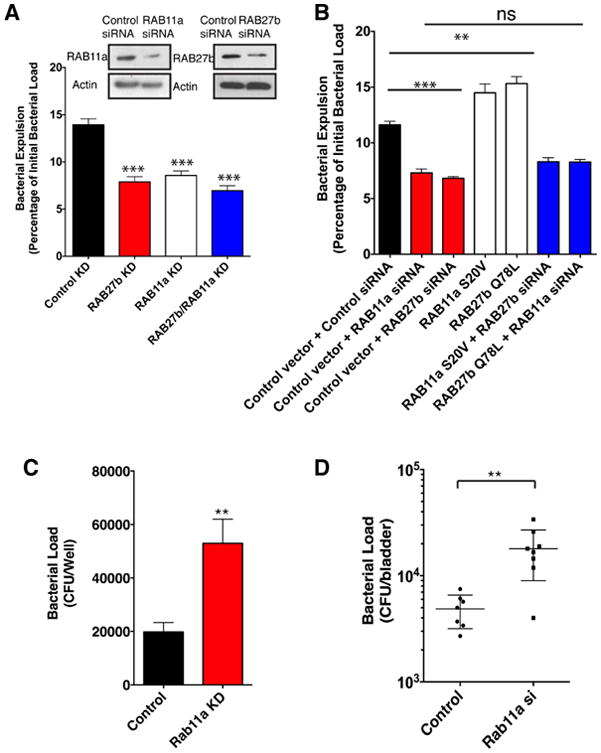Figure 2. RAB11a and RAB27b regulate intracellular bacterial load by promoting bacterial expulsion.

(A) Bacterial expulsion from infected BECs transfected with control siRNA or siRNA targeting either RAB11a or RAB27b or a combination of siRNA targeting both RAB11a and RAB27b. Knockdown efficiency is indicated in the adjoining western blots. Error bars represent SEM. The experiments were repeated three times, where each experiment employed n=6 wells.
(B) Bacterial expulsion from infected BECs transfected with 1) empty vector plus control siRNA; 2) empty vector plus siRNA targeting RAB11a or RAB27b; 3) dominant active RAB11a (S20V) or RAB27b (Q78L) vector plus control siRNA; 4) dominant active RAB11a vector plus siRNA targeting RAB27b; 5) dominant active RAB27b vector plus siRNA targeting RAB11a. Error bars represent SEM. The experiments were repeated three times, where each experiment employed n=6 wells.
(C) Intracellular bacterial load measured in vitro cultured BEC line receiving control siRNA or siRNA targeting RAB11a at 2 h.p.i. Error bars represent SEM. The experiments were repeated three times, where each experiment employed n=6 wells.
(D) Bacterial burden at 6 h.p.i in UPEC infected bladder tissue in mice intravesicularly treated with modified siRNA targeting a scrambled control or Rab11a 72 hours before infection. Error bars represent SEM. The experiments were repeated three times, where each experiment employed n=3 mice, and the data were pooled.
